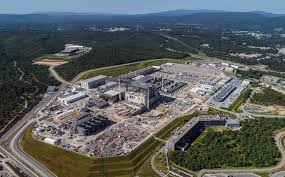
Scientists from the Indian Institute of Geomagnetism (IIG) have tracked Climate change by following the Paleomonsoonal pattern of the subcontinent by harnessing magnetic mineralogy, a technique that is faster and more accurate than existing methods.
Daily Current Affairs Quiz 2020
Key-Points
Magnetic mineralogy is sensitive to changes in ambient chemical and physical processes that result in concentration, grain size, and mineralogy changes.
Climate-related studies are carried out with the help of several proxies like fossils, microorganisms, gases trapped in ice, isotopes, and many others.
Additionally, the material needed for carrying out different measurements is quite vast. The instruments are also very costly. Indian monsoon and its variability has been studied through different continental (tree rings, paleosols, speleothems, fluviolacustrine sediments, peat deposits, microfossils, magnetic minerals, etc.) and oceanic (foraminifers, isotopes, isotope ratios, organic content of sediments, etc.) proxies.
The IIG Scientists used changes in properties of magnetic minerals for their research in India’s Paleomonsoonal pattern, which is a comparatively new technique applied in our country.
Climate is changing at a rapid pace, impacted by natural and anthropogenic activity. The research will help forecast climatic changes with more accuracy and speed.
The forecast of this change has to be accurate and high levels of accuracy can be achieved if we go very far back in time. Thus the present study by IIG with the help of sediments and the accuracy with which the magnetic minerals freeze the environmental and climate conditions will help to screen many different domains in a much faster speed and with high levels of accuracy.





